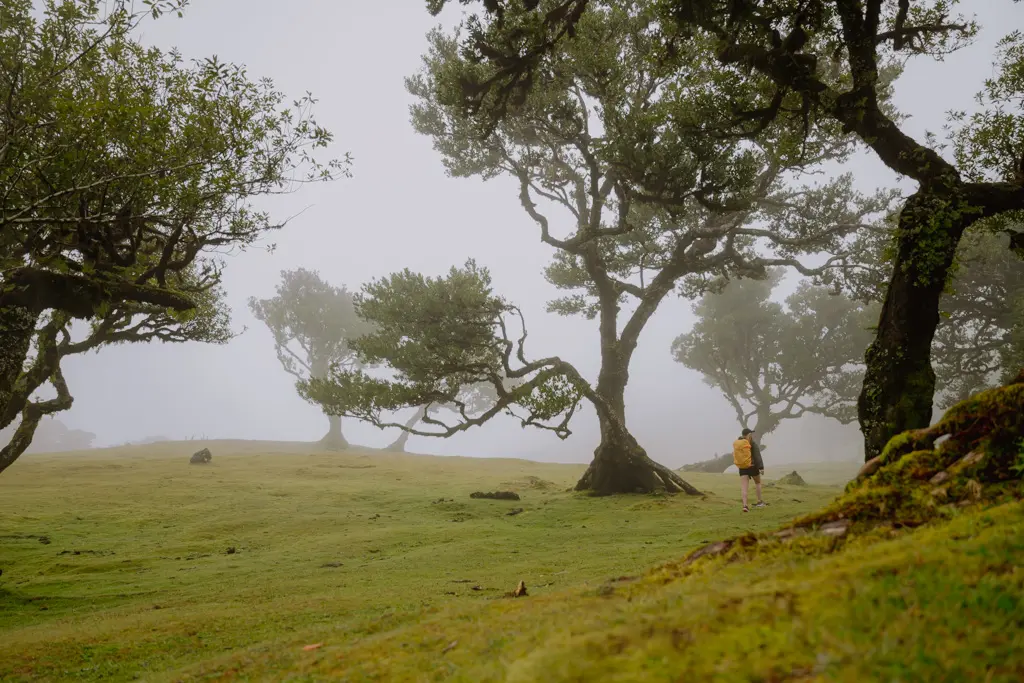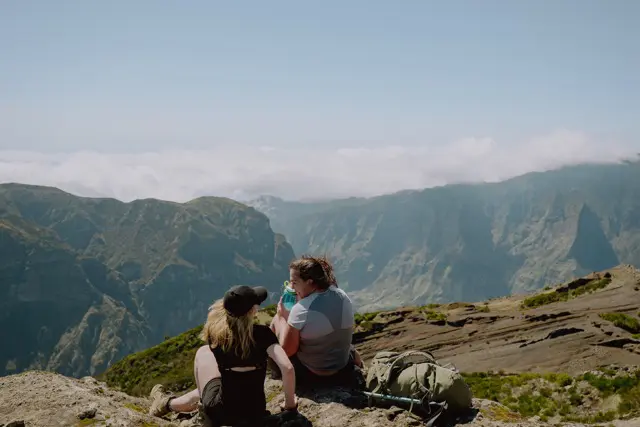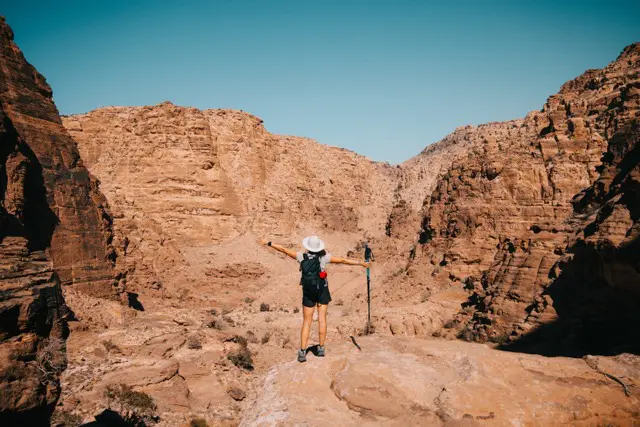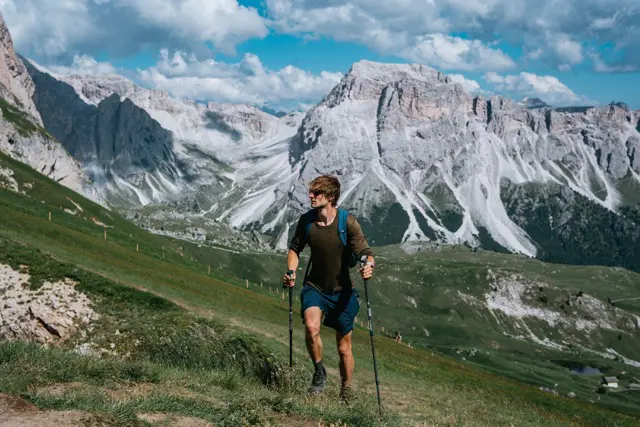Tips from our team
- It's best to visit the botanical garden in Funchal in the morning, when the temperatures are still pleasant and the lighting is perfect for photos.
- Plan for at least 2-3 hours to leisurely explore all the areas of the garden.
- From the terrace of the botanical garden, you can enjoy a spectacular view of Funchal – perfect for panoramic photos!
- Combine your visit with a ride on a traditional wicker toboggan from Monte down to Funchal.
- Wear comfortable walking shoes, as the garden stretches over different levels with many stairs.
- The best time to combine the botanical garden and hiking is from March to June or from September to November.
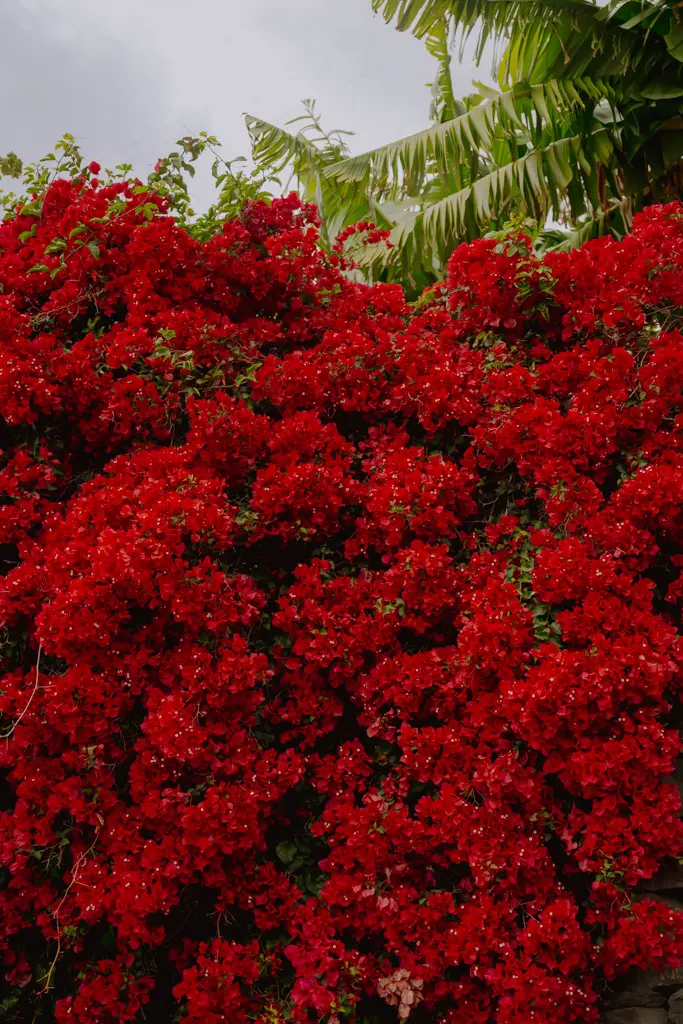

The botanical garden of Funchal: the starting point for unforgettable hikes through Madeira.
Madeira – a green jewel in the middle of the Atlantic, where nature reigns in all its splendor. Here, subtropical gardens meet dramatic mountain landscapes, and gentle coastal stretches sit alongside wild cliffs. Dreaming of experiencing all this diversity? Then a multi-day hike across the island is exactly what you need! While day trips often target only the most famous spots, the true soul of Madeira is revealed only by exploring it slowly on foot.
Our hike begins in the vibrant heart of the island: Funchal. From there, we embark on an unforgettable route that takes us to the mystical Fanal Forest with its unique laurisilva forest (a UNESCO World Heritage site). You'll pass through the Rabaçal gorges, over the Encumeada Pass, to the majestic Pico Ruivo, the traditional Santana, and the coastal towns of Porto da Cruz and Machico. Each day reveals new landscapes and plant species that you won't find anywhere else in the world.
And where better to start a journey through Madeira's botanical diversity than in the famous botanical garden of Funchal? This garden is not only a paradise for plant lovers but also the perfect starting point for the hiking adventures to come.
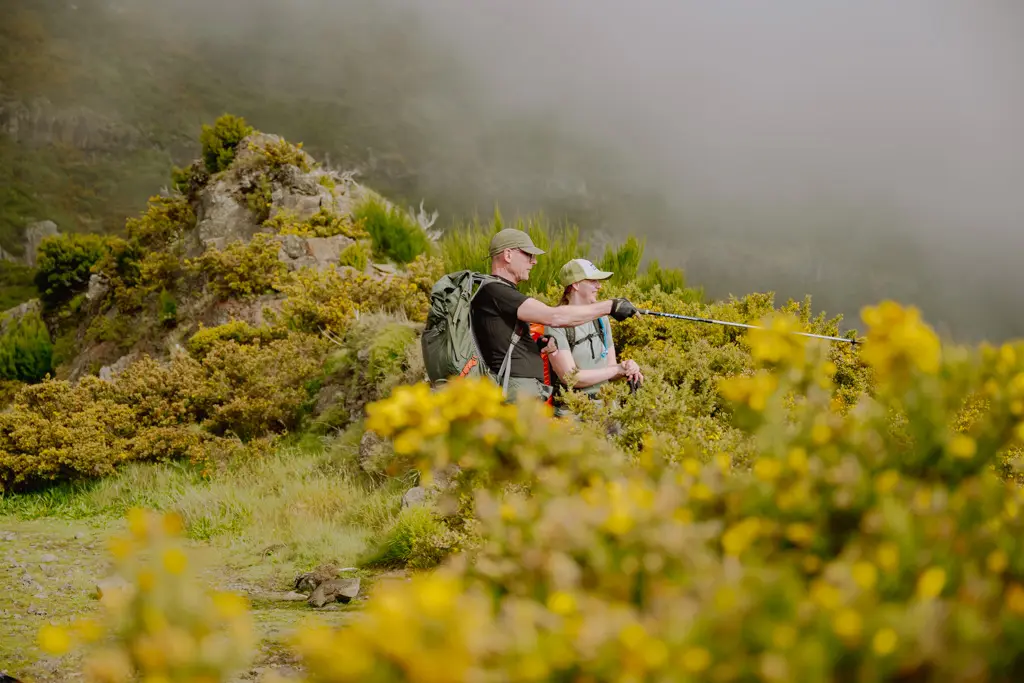
The botanical garden of Funchal – a heavenly prelude to your hike in Madeira.
The botanical garden of Funchal majestically overlooks the city from a terrace. The journey itself is fun: with the cable car, you float above the rooftops of Funchal while enjoying breathtaking views of the bay. After about 15 minutes, you reach the Monte station, from where it's just a short walk to the entrance of the garden.
What awaits you there? Covering an area of about 8 hectares, you'll find over 2,500 species of exotic plants from all around the world. The garden is divided into different themed zones, each forming a little world of its own. In the endemic plants section, you can admire species that exist exclusively in Madeira – a perfect introduction to the natural treasures that await you on your hike across the island.
The dragon tree is particularly impressive. This emblem of Madeira can live for up to 500 years. You'll rediscover its characteristic silhouette later on during your hike in Madeira. The colorful flowering gardens with strelitzias, orchids, and bromeliads provide a fascinating contrast to the laurel forests that await you later on your excursion in the Fanal region.
Our tip: visit the Japanese garden inside the botanical garden. The tranquility here makes it the perfect place to relax and mentally prepare for the hiking days ahead.
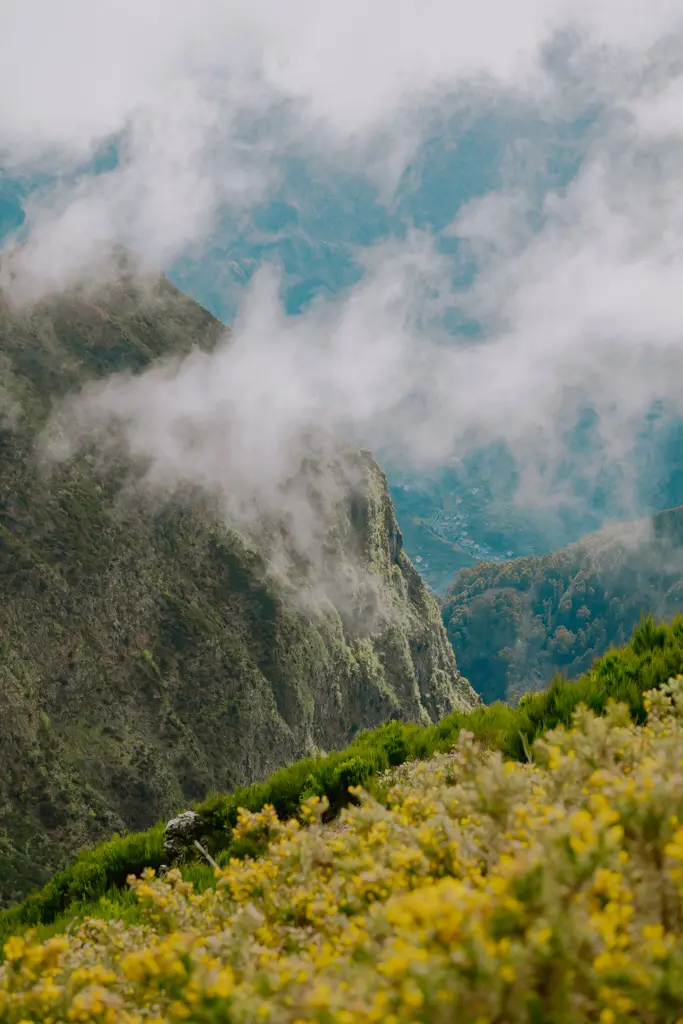
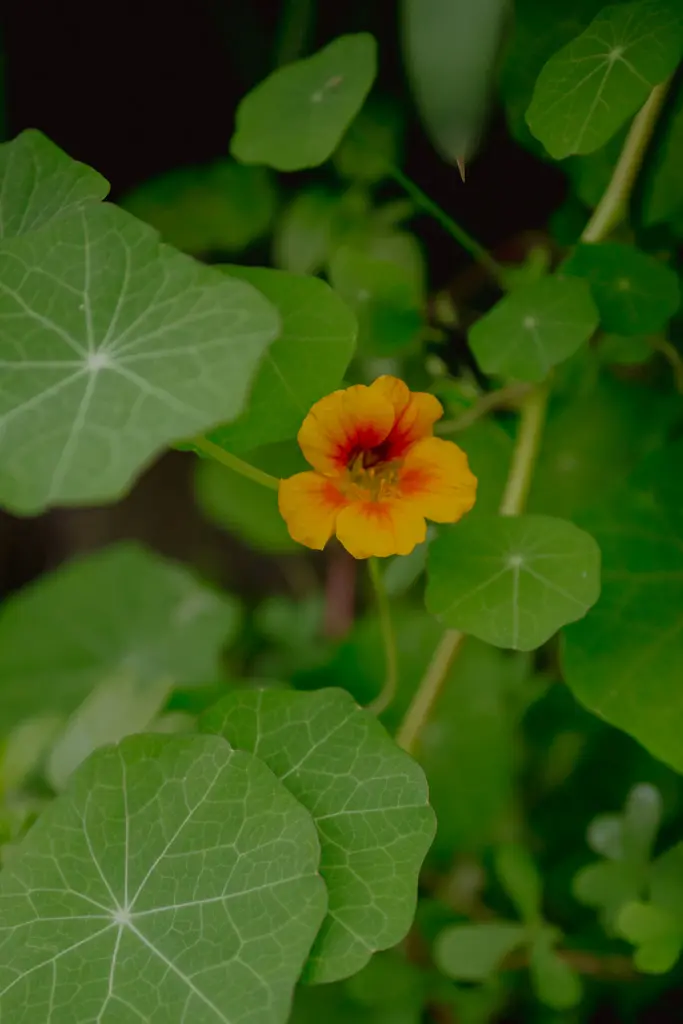
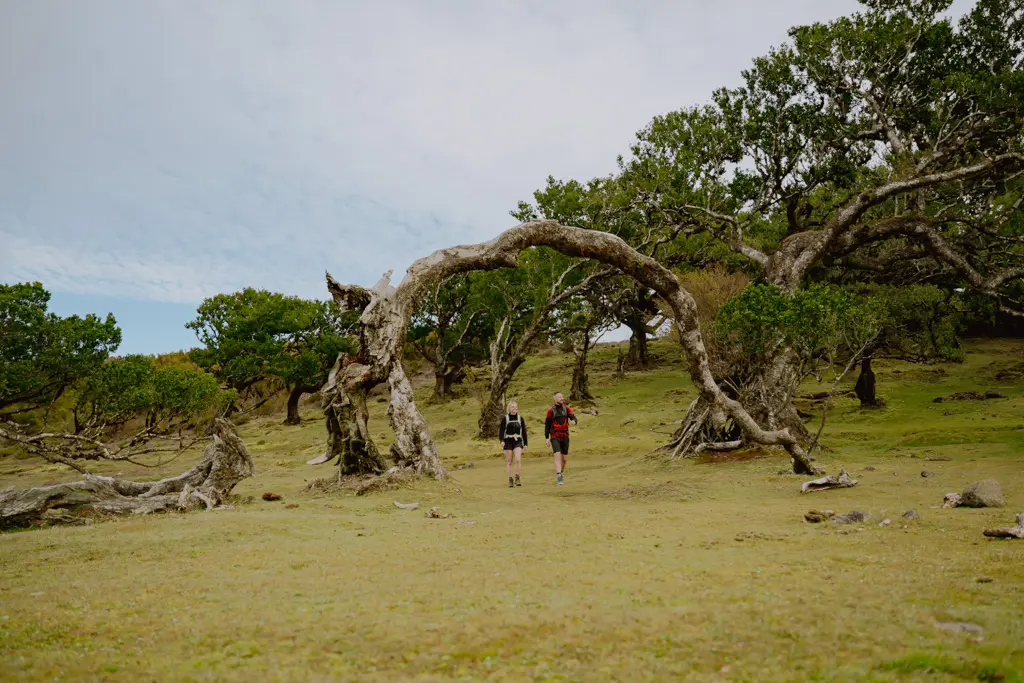
From the botanical garden of Funchal to the old town – cultural discoveries
After visiting the botanical garden, it's worth spending the afternoon in the charming old town of Funchal. The cable car will take you down, and you'll find yourself in the midst of the historic center. Funchal's old town enchants with its cobblestone streets, colorful façades, and numerous cafés.
A definite highlight is the "Rua de Santa Maria" in the oldest neighborhood of Funchal. As part of the artistic project "Arte de Portas Abertas" (Art of Open Doors), artists have painted hundreds of doors here. Strolling through this open-air gallery feels like a journey through Madeira's cultural history – and provides a beautiful contrast to the natural experiences that await you during your hike.
Feeling hungry? The Mercado dos Lavradores (farmer's market) is not only a feast for the eyes but also for the palate. Here, you can taste exotic fruits grown on the island. You'll recognize many of them later during your hike along the trails. It's the perfect opportunity to stock up on supplies for the first few days of hiking!
After an espresso in one of the cozy cafés and a dinner with fresh fish along the waterfront promenade, you'll be ready to kick off your hiking adventure the next morning.
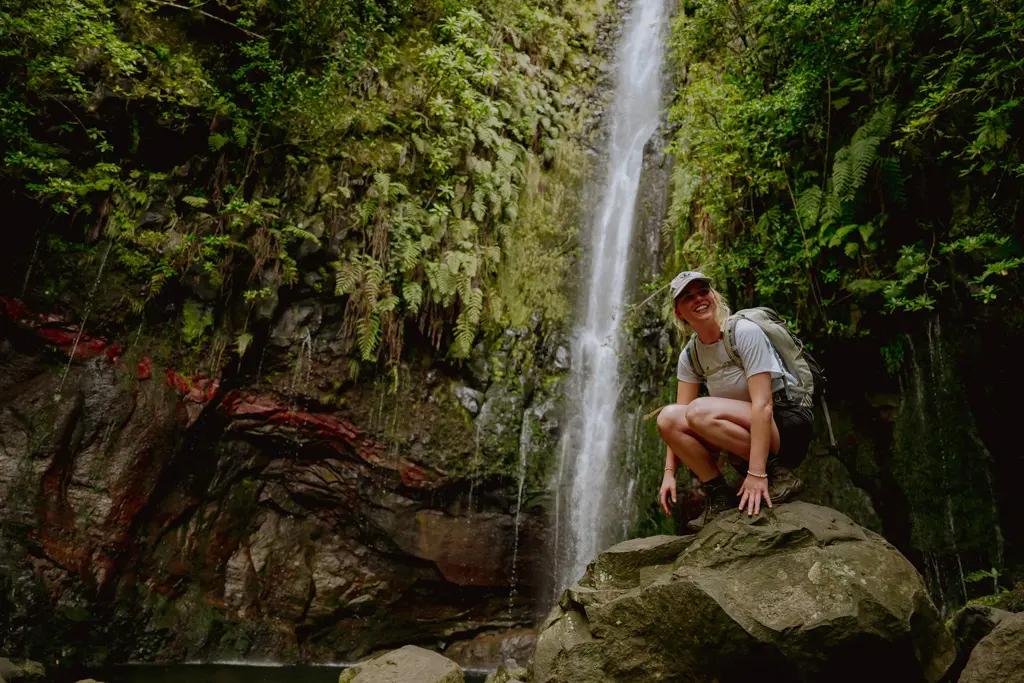
From botanical treasures to wild landscapes – the start of your hike.
It's now time to leave behind the botanical garden and start the real adventure. Your hike in Madeira takes you over seven days through the most fascinating landscapes of the island. Our experienced team has designed the itinerary so that you discover new ecosystems each day while exploring the most beautiful tourist sites in Madeira – many of which are far from the usual tourist trails.
The first day of hiking takes you from the outskirts of Funchal to the plateau of Paul da Serra. This is where the mystical Fanal forest begins, which, with its foggy scenes and ancient laurels, looks like a fairytale. These laurel forests are a UNESCO World Heritage site and are home to plant species that survived the Ice Age and can now only be found in Madeira. They are sort of the living relatives of those exotic plants you admired in the botanical garden.
On the second day, you reach the Rabaçal valley with its spectacular waterfalls. The “25 Fontes” waterfall (25 springs) is one of the most famous on the island. Thanks to our thoughtful planning, you'll see it during the quieter hours of the morning or evening, when day tourists haven't arrived yet, or have already left.
The itinerary continues via the Encumeada pass, where on clear days, you can see both the north and south coasts of the island. It's a spectacular spot to observe the diversity of vegetation zones: from subtropical gardens like the botanical garden in Funchal to the almost alpine altitudes of Pico Ruivo.
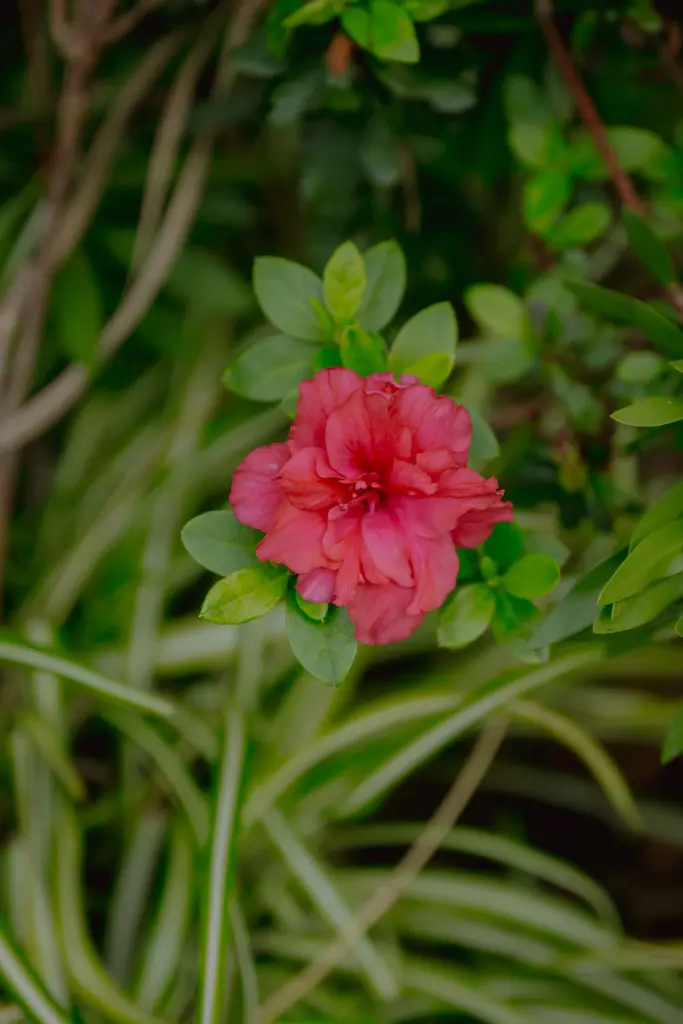
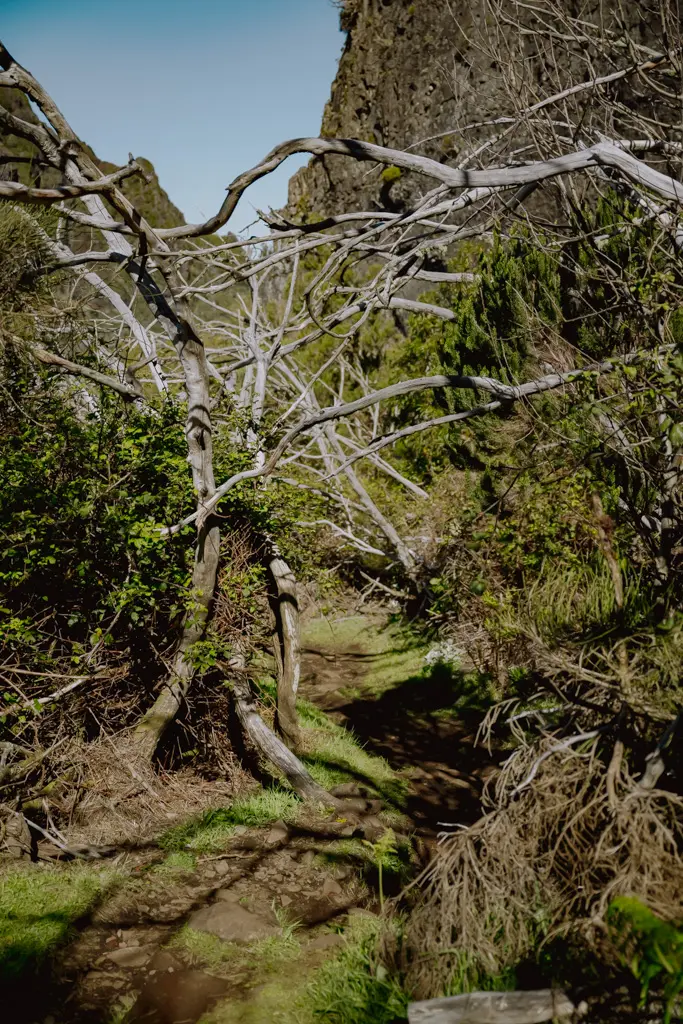
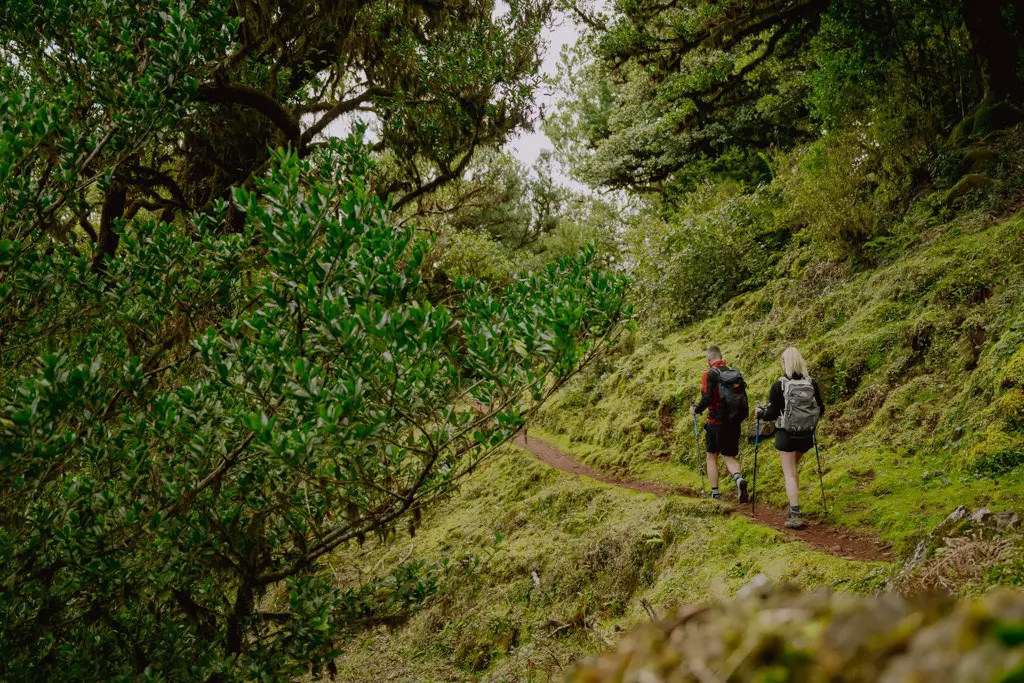
The botanical garden VS the wild natural landscapes of Madeira
After the first days of hiking, you'll have an interesting comparison to make: what’s the difference between the artistically arranged plants in the botanical garden and the natural ecosystems you’re passing through?
In the botanical garden, plants from around the world are arranged based on aesthetic criteria – a testament to human creative power. In contrast, during your hike, you'll discover how nature has organized itself: the different altitudinal levels of Madeira produce very diverse plant communities. From coastal regions with their Mediterranean vegetation to the highlands, where wind-swept heaths dominate.
Especially striking is the contrast between the neatly arranged flowerbeds of the botanical garden and the primal forest character of the Laurisilva forest during your hike in Madeira. These laurel forests are relics from the Tertiary era and once covered vast areas of Southern Europe and North Africa. Today, they are found almost exclusively in Madeira and the other Macaronesian islands.
Another fascinating aspect: many of the ornamental plants in the botanical garden are actually invasive species that can be problematic for the indigenous ecosystems of Madeira. During your hike, you'll learn to distinguish these "immigrants" from endemic species and develop a sensitivity to the island's fragile ecological balance.
Highlight of your trip: Pico Ruivo
The ascent of Pico Ruivo, the highest peak in Madeira (1,862 m), is undoubtedly a highlight of your hike. From here, you overlook almost the entire island – on clear days, you can even see all the way to Porto Santo!
The sparse vegetation at the summit contrasts fascinatingly with the rich plant diversity you discovered in the botanical garden. Here, only the hardiest species survive, adapted to the wind, cold, and intense sunlight. An impressive example of nature's adaptability.
Passing through the traditional houses of Santana with their characteristic thatched roofs, you continue towards the north coast. Porto da Cruz greets you with wild cliffs and the choppy Atlantic – a completely different landscape from the sheltered south coast near Funchal.
The last day of hiking takes you via the easternmost point of the island, the São Lourenço Peninsula, to Machico. This is where your trek on Madeira comes to an end – a perfect conclusion to your journey across the island.
After this intense experience in nature, you have various options: you can extend your stay in Madeira and relax for a few more days, or explore further. Many of our hikers choose to spend a few extra days in Funchal after the tour. A second visit to the botanical garden then becomes a very special experience: you now recognize many plants, have seen their natural habitats, and understand the ecological connections much better. Exotic plants are no longer just beautiful photographic subjects, but ambassadors of their respective ecosystems – and you have become an expert on Madeira's flora.

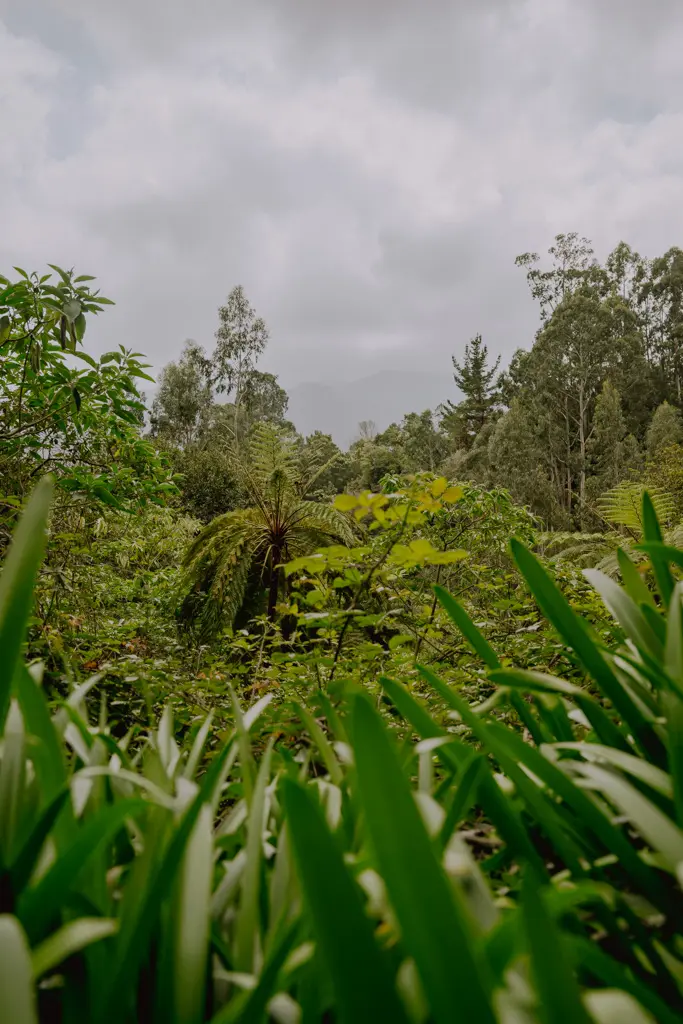
The perfect season for the botanical garden in Funchal and hiking in Madeira.
Thanks to Madeira's mild climate, the botanical garden in Funchal is a destination worth visiting all year round. However, the best time for a visit combined with extensive hikes is in spring (March to June) and autumn (September to November).
In spring, the garden literally bursts into a sea of colors. The temperatures are pleasant for hiking, and the paths in the countryside are still lush green after the winter rains. A particular highlight is the blooming of the jacarandas in May, which transforms all of Funchal into a purple sea.
Autumn also offers ideal conditions: the summer heat has passed, the paths are dry and well-maintained, and you can even still take a dip in the Atlantic if you head back to the coast after your hike. In the botanical garden, other plant species are now in bloom, and the bright atmospheres of early autumn are a dream for photographers.
The winter months can be surprisingly mild, although you should expect rain and sometimes slippery paths in the highlands. The botanical garden is less colorful then but still green and full of life.
High summer (July/August) does bring reliable sunny weather, but it can be too hot for extensive hikes—especially on exposed slopes and peaks. If you do travel during this time, we recommend early starts and good planning of shaded areas for the lunch break.

